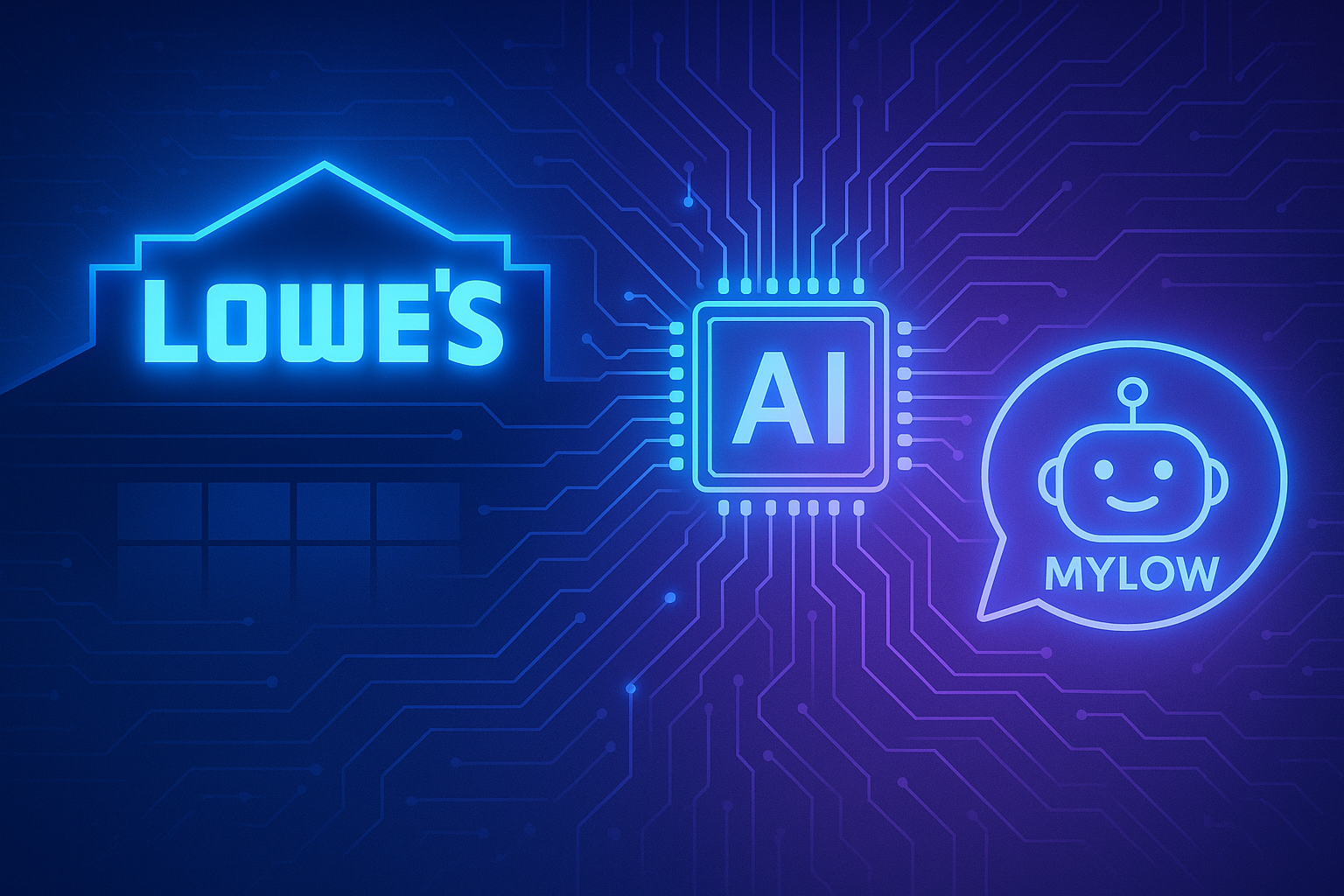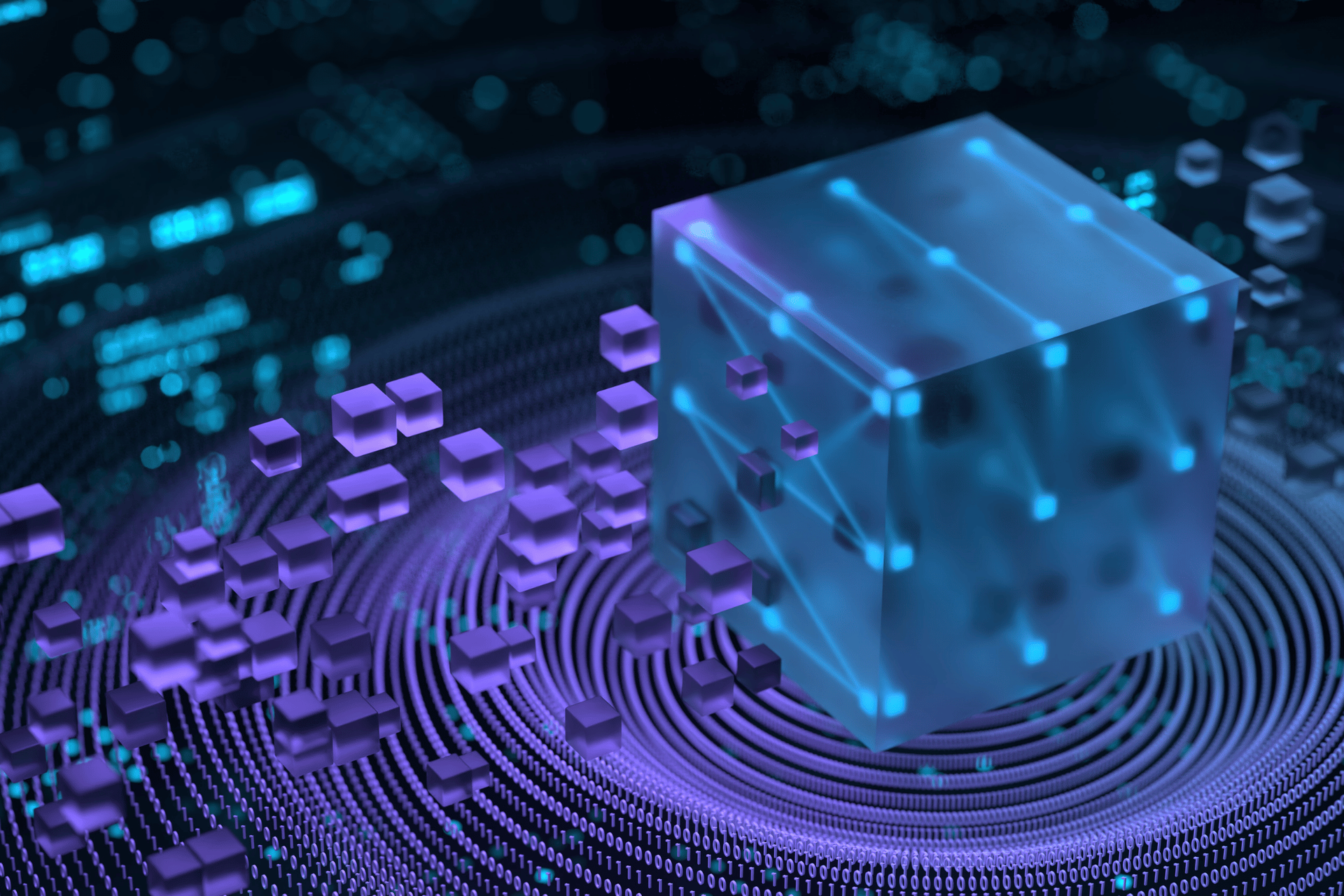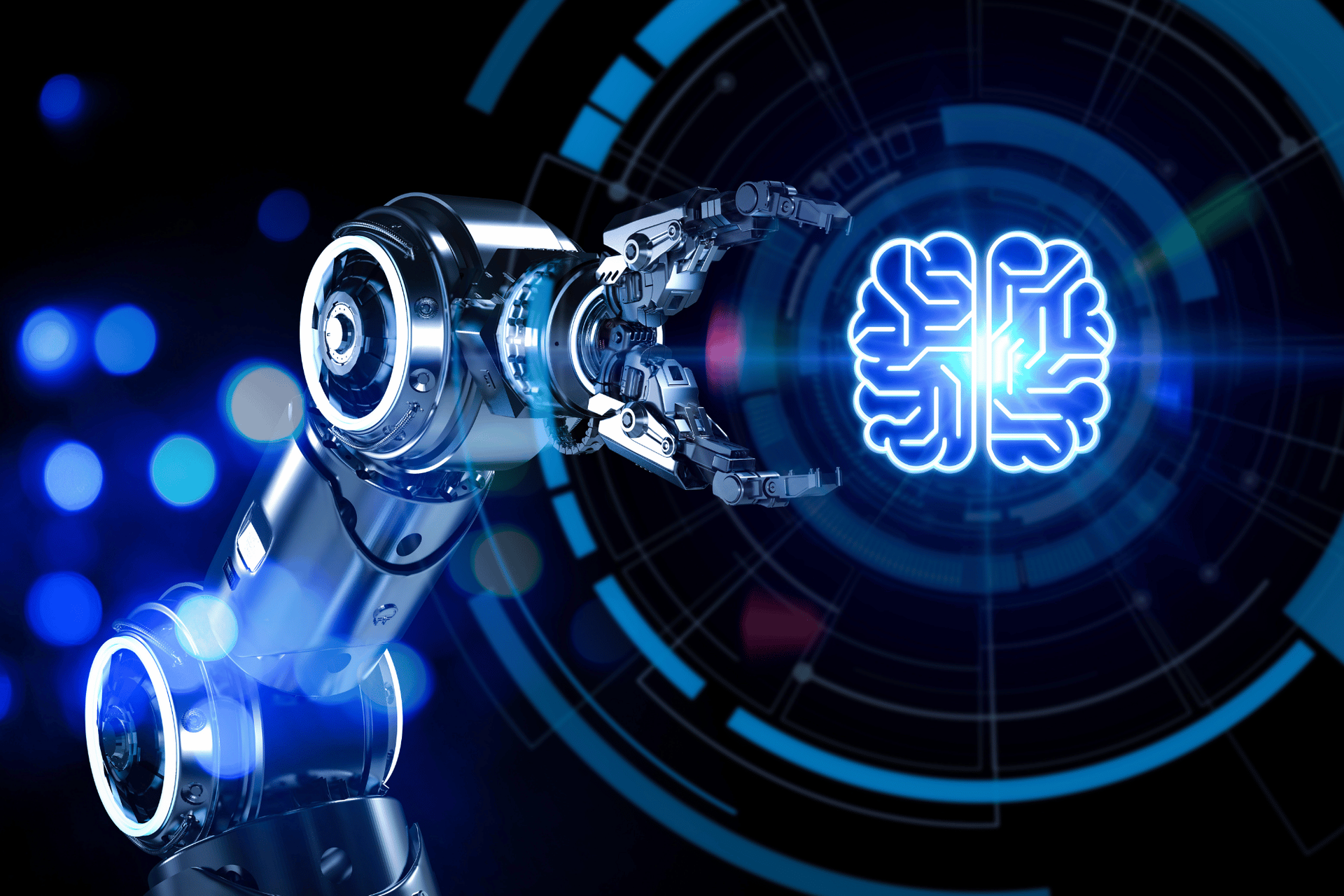MLOps 101: Building and Managing Machine Learning
What exactly is MLOps (Machine Learning Operations
MLOps, or Machine Learning Operations, is a set of practices that combines machine learning, DevOps, and data engineering to streamline the development, deployment, and maintenance of machine learning models. If you think about what DevOps did for software by speeding up release cycles, improving collaboration between developers and operations, and ensuring code quality—MLOps attempts to do the same, but with the added complexity that machine learning models and data pipelines bring.
If you’re looking to future-proof your tech career or excel at delivering cutting-edge AI solutions, understanding and mastering MLOps is one of the smartest moves you can make.
In this blog, we’ll delve into what MLOps actually is, show you how top companies implemented it before GPT took the stage, and break down the specific roles and skill sets that power high-performing ML teams. By the end, you’ll see why MLOps is your ticket to building a robust, scalable machine learning practice that can handle the demands of modern AI…and maybe even land you that next big career leap.
Who Implemented MLOps (Before Generative AI Blew Up)
Contrary to popular belief, MLOps predates the generative AI craze. Companies like Netflix, Uber, Airbnb, and Spotify had already built robust workflows to streamline data pipelines, manage model training, and maintain real-time monitoring. This laid the groundwork for what we now call MLOps.
- Netflix: Mastered the personalization game by continuously A/B testing algorithms, streaming updates into production, and systematically monitoring performance across millions of users.
- Uber: Their entire ride-matching, surge pricing, and ETA predictions rely on real-time ML. MLOps processes ensure models are updated automatically and frequently, so they don’t degrade.
- Airbnb: Developed an internal ML platform for tasks like host matching, search ranking, and demand forecasting. Everything is tracked, measured, versioned, and streamlined to reduce friction.
- Spotify: Personalized playlists (Discover Weekly, for instance) depend on data pipelines feeding ML models. They focus on pipeline reliability, experiment tracking, and real-time metrics.
Each of these companies recognized early on that data scientists can’t do everything manually—they needed to unify DevOps principles with machine learning’s unique needs. Hence: MLOps
Why Does MLOps Matter?
- Scalability: Once you have multiple models, or you’re pushing updates daily (like Netflix or Uber), manual processes break down fast.
- Reliability: End users won’t tolerate random outages or poor predictions. MLOps provides strong quality checks and monitoring to keep the production environment stable.
- Time to Market: You want to iterate quickly, test ideas faster, and deploy new models without devoting weeks (or months) of manual grunt work.
- Governance & Compliance: As AI regulations emerge, having traceability—knowing exactly which data sets and which versions of code trained your model—becomes essential for audits.
- Talent Retention: Data scientists and developers want to work with modern, well-structured systems that let them focus on building innovative solutions, not messing with environment pains or data pipeline nightmares.
MLOps Structure at a High Level
Think of MLOps as a continuous loop (similar to CI/CD in software development), but with more emphasis on data:
- Data Pipeline & Preparation
- Where data is sourced, cleaned, transformed, and loaded into a feature store or data warehouse.
- Model Development
- Data scientists train models in an environment that mirrors production as closely as possible.
- Experiment tracking (e.g., using MLFlow, Weights & Biases) is crucial.
- Model Validation & Testing
- We’re not just testing code, but also data distributions, reproducibility, performance metrics, etc.
- Automated checks ensure the model meets certain thresholds before it’s even considered for production.
- Deployment
- Done via pipelines, container orchestration (Kubernetes, Docker), or specialized ML platforms (SageMaker, Vertex AI).
- The idea is that shipping a model should be as easy as shipping a piece of software update.
- Monitoring & Feedback
- Model performance (accuracy, latency, user impact) is constantly measured.
- Retraining or refreshing the model is triggered automatically when certain conditions are met (model decay, data drift, new features, etc.).
- Governance & Security
- Data governance, compliance, and ensuring that the entire flow is within regulatory bounds.
- MLOps also covers lineage (knowing what data went into which model) and auditing.
Who Gets Hired for MLOps Teams, and What Do They Actually Do?
When companies say they’re “hiring for MLOps,” they could be referring to a few distinct but overlapping roles:
1. MLOps Engineer / ML Platform Engineer
- Typical Background: Blend of DevOps, software engineering, and data engineering.
- Core Tasks:
- Building and maintaining the CI/CD pipelines for ML.
- Developing custom tooling for data scientists (versioning, containerization, environment management, pipeline orchestration).
- Ensuring model deployment is scalable, robust, and cost-effective.
- Key Skills: Kubernetes, Docker, AWS/GCP/Azure, Terraform, MLFlow, Python, real-time streaming frameworks (Kafka, Spark), code versioning.
2. Data Engineer
- Typical Background: Strong SQL, big data frameworks, possibly some software engineering.
- Core Tasks:
- Ensuring data quality and reliability across all stages of the pipeline.
- Collaborating with MLOps engineers to integrate data pipelines with model training and deployment processes.
- Key Skills: Python/Scala, Spark, Hadoop, Airflow, Kafka, cloud data services.
3. Machine Learning Engineer
- Typical Background: Data science knowledge + coding and system design.
- Core Tasks:
- Implementing models in production-ready code.
- Collaborating with MLOps and data engineers to make sure new features, data sets, and experimental models can integrate into the system.
- Handling latency requirements, model optimization, and real-time inference challenges.
- Key Skills: Python, TensorFlow/PyTorch, REST APIs, microservices, distributed training techniques.
4. Data Scientist / Applied Scientist
- Typical Background: Strong statistical analysis, mathematical modeling, domain expertise.
- Core Tasks:
- Researching and experimenting with new algorithms and features.
- Developing prototypes and working with engineers to productionize them.
- Generating insights that guide business decisions and product strategies.
- Key Skills: Stats, machine learning algorithms, data visualization, coding (Python/R), domain knowledge.
5. Product Manager (for ML Platforms)
- Typical Background: Product management + exposure to data/ML projects.
- Core Tasks:
- Gathering requirements from data scientists, engineers, and stakeholders.
- Prioritizing platform features that enable large-scale experimentation and smoother production rollouts.
- Ensuring the ML platform aligns with overarching business goals.
- Key Skills: Road mapping, project management, analytics, communication across cross-functional teams.
Why Does MLOps Matter?
- Scalability: Once you have multiple models, or you’re pushing updates daily (like Netflix or Uber), manual processes break down fast.
- Reliability: End users won’t tolerate random outages or poor predictions. MLOps provides strong quality checks and monitoring to keep the production environment stable.
- Time to Market: You want to iterate quickly, test ideas faster, and deploy new models without devoting weeks (or months) of manual grunt work.
- Governance & Compliance: As AI regulations emerge, having traceability—knowing exactly which data sets and which versions of code trained your model—becomes essential for audits.
- Talent Retention: Data scientists and developers want to work with modern, well-structured systems that let them focus on building innovative solutions, not messing with environment pains or data pipeline nightmares.
Key Takeaways
- MLOps is DevOps + ML: it ensures machine learning models are developed, deployed, and managed efficiently and reliably.
- Major tech companies—Netflix, Uber, Airbnb, Spotify, Google—were already doing MLOps before GPT-type models arrived.
- It’s more than a buzzword: it’s a genuine discipline involving MLOps engineers, data engineers, ML engineers, data scientists, and product managers.
- If you’re aiming to make a big impact, understanding and excelling at MLOps is a high-leverage move.
- The industry’s future is about building unstoppable ML pipelines that handle everything from data ingestion to real-time model monitoring, especially with generative models in the mix.
Feeling the momentum and want to push your MLOps knowledge even further? Check out NVIDIA’s official MLOps resource. Trust me, they’ve nailed a perfect balance of depth and clarity by covering everything from setting up data pipelines to scaling enterprise-level AI, all in a way that won’t make your head spin.
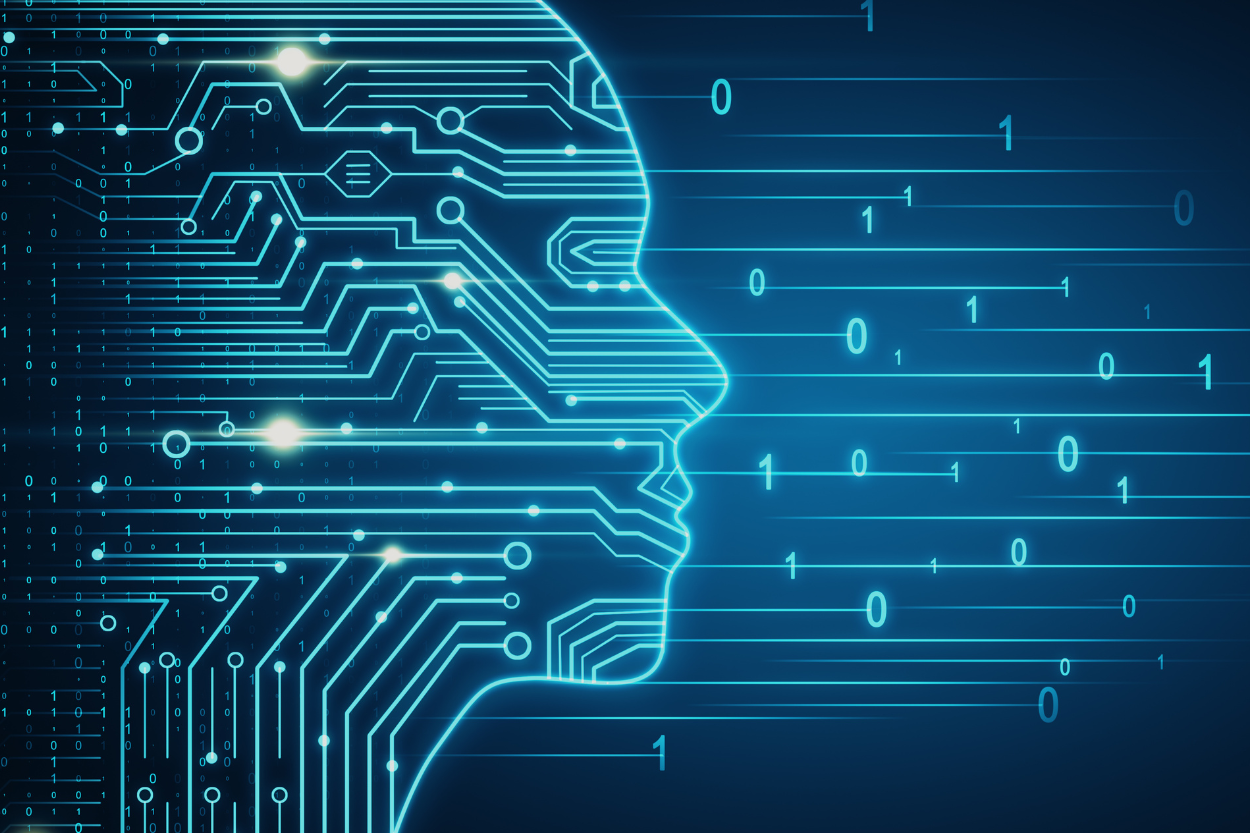

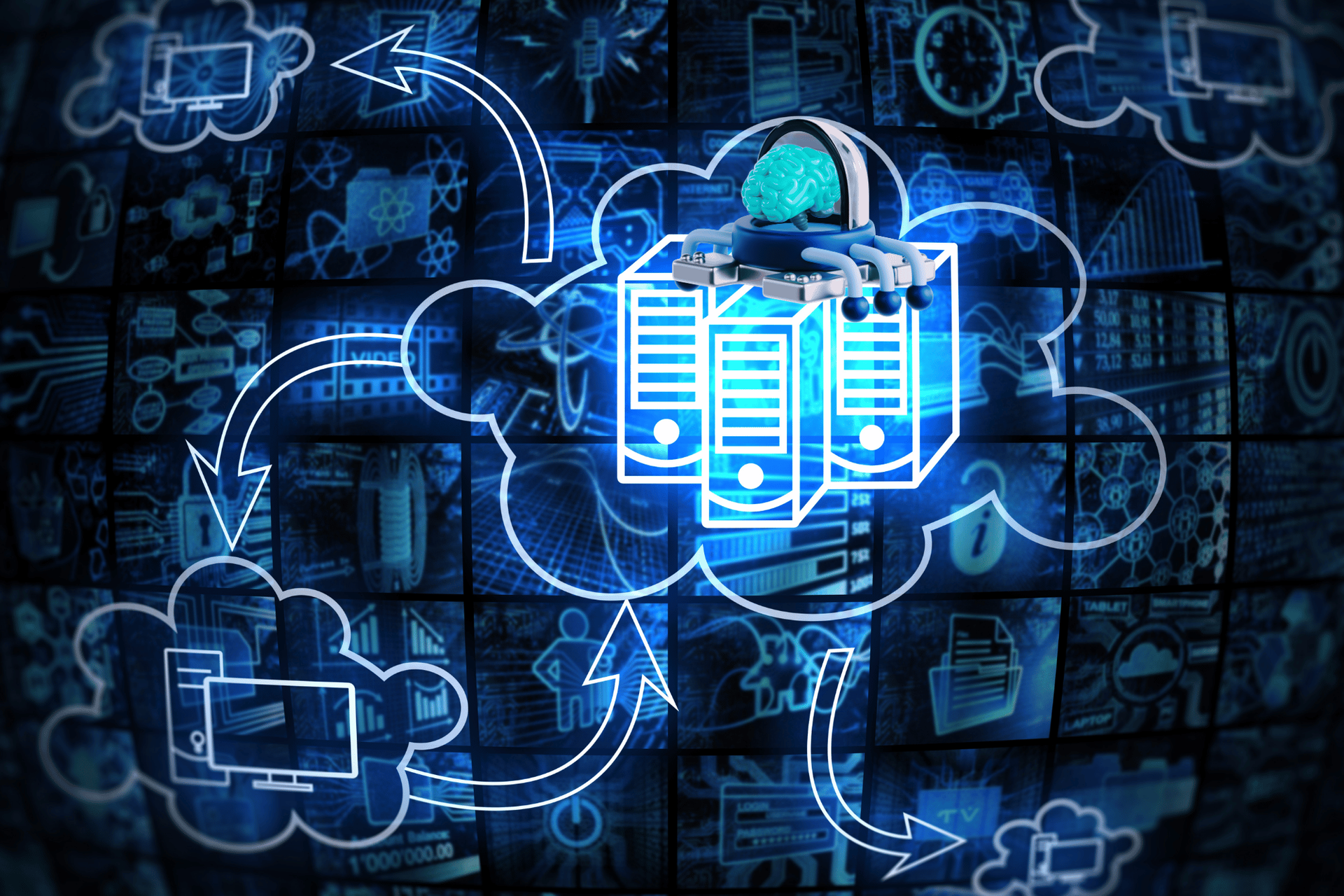

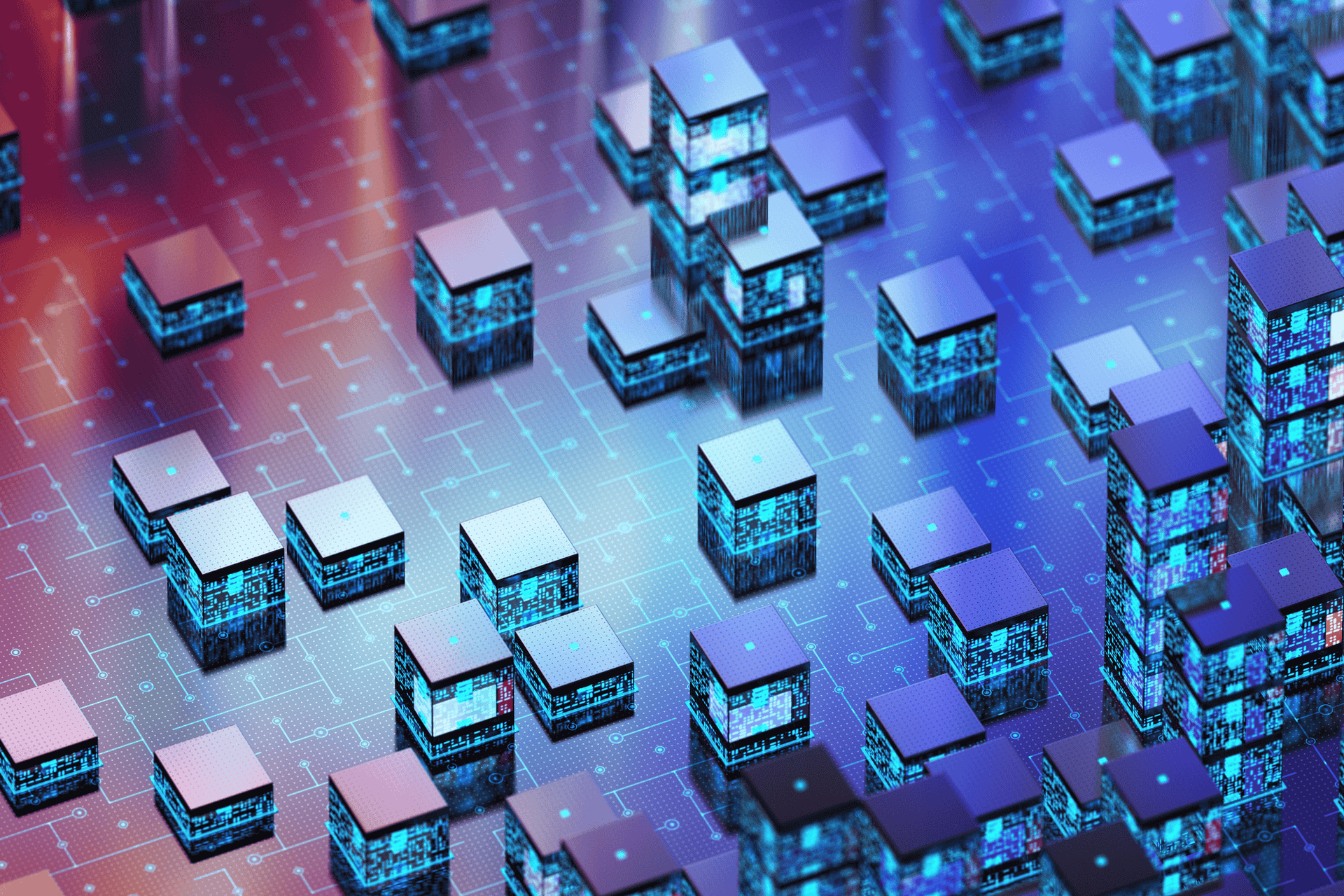




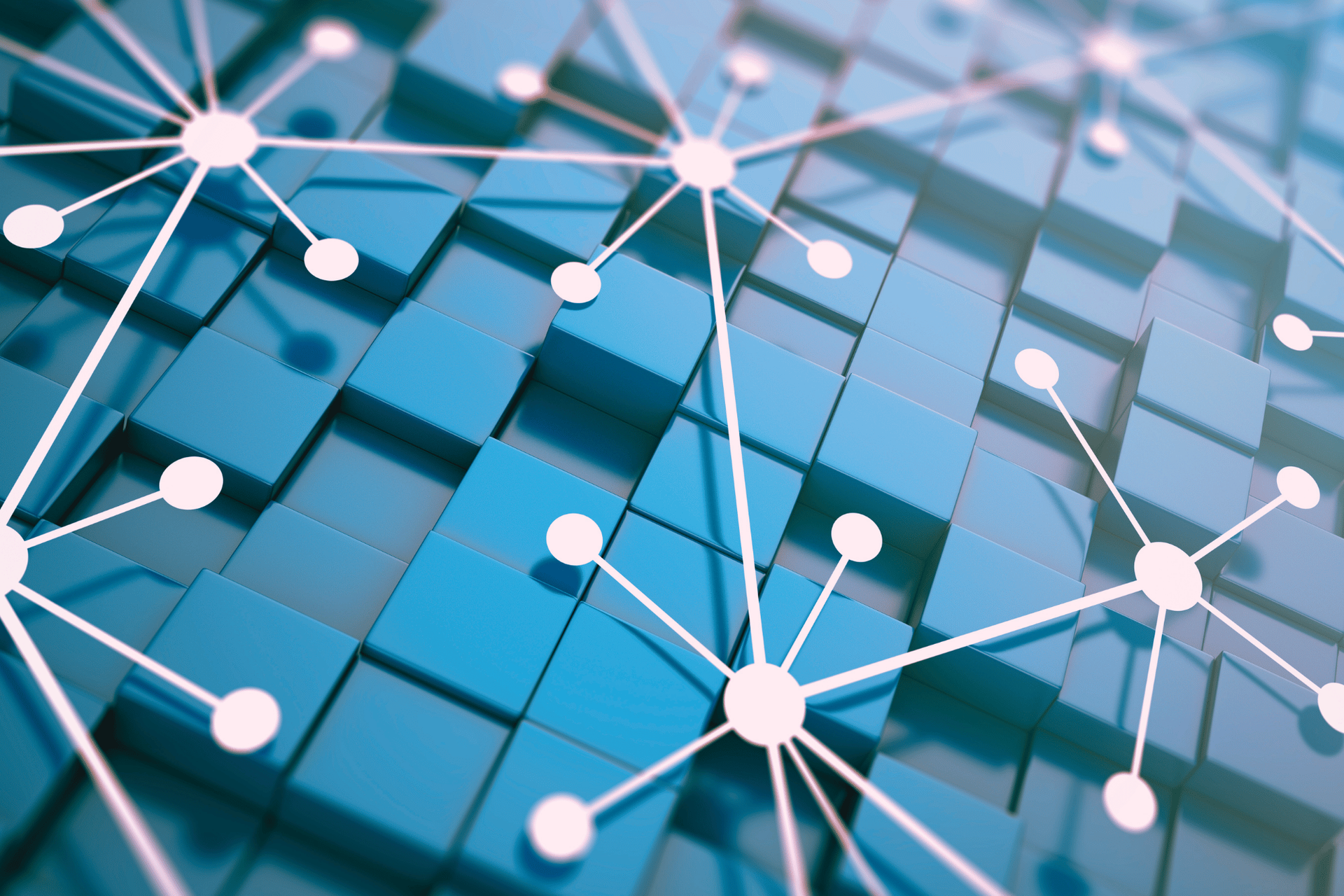
ITOpsAI Hub
A living library of AI insights, frameworks, and case studies curated to spotlight what’s working, what’s evolving, and how to lead through it.

